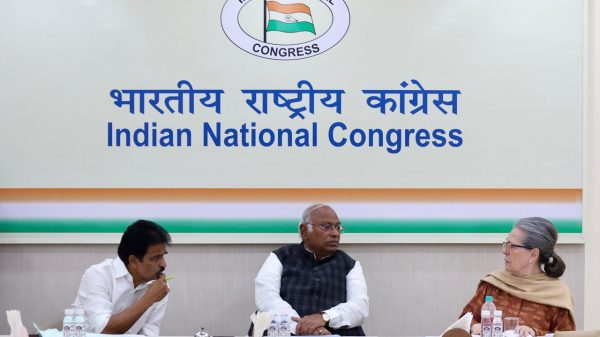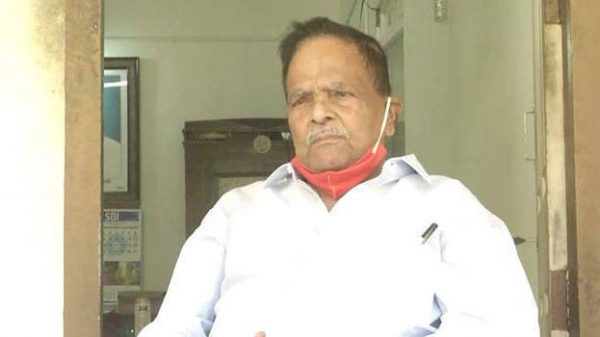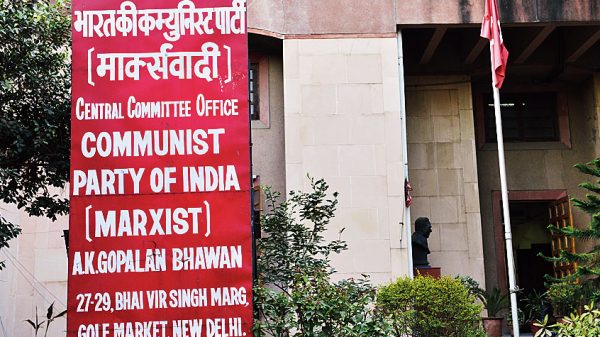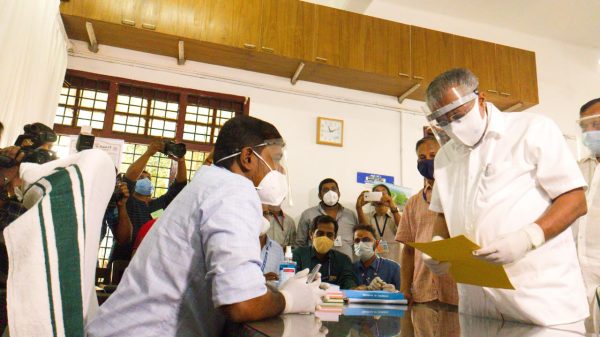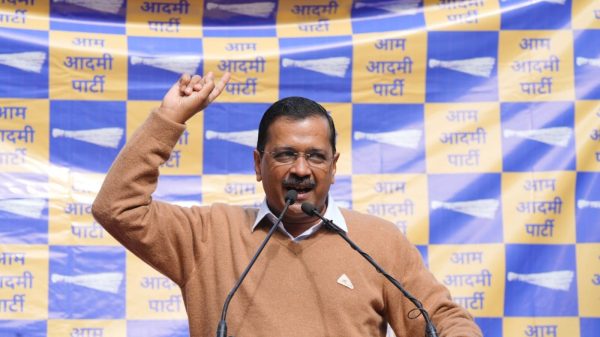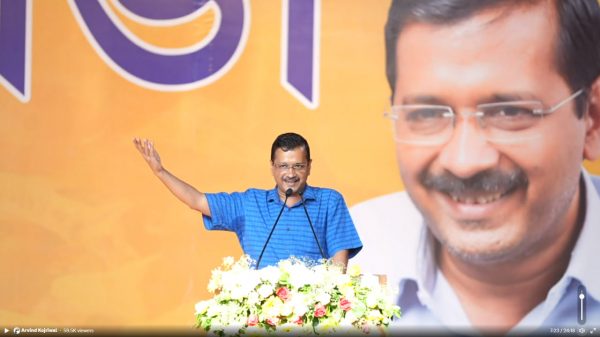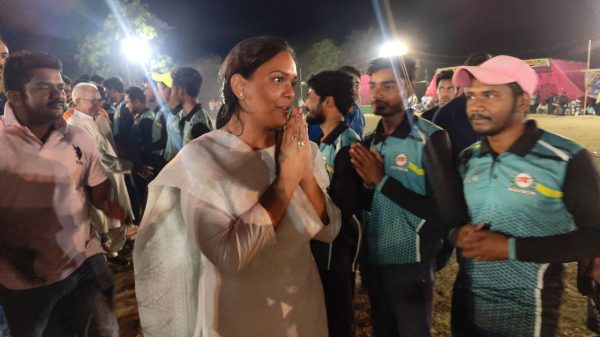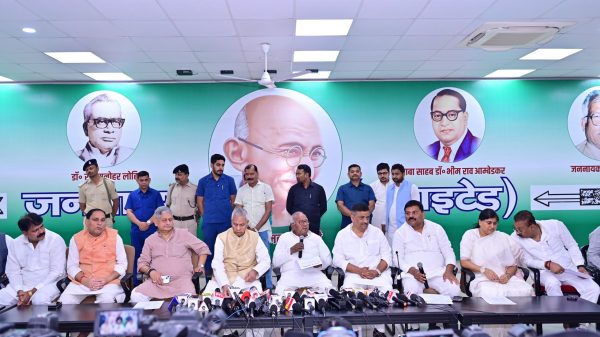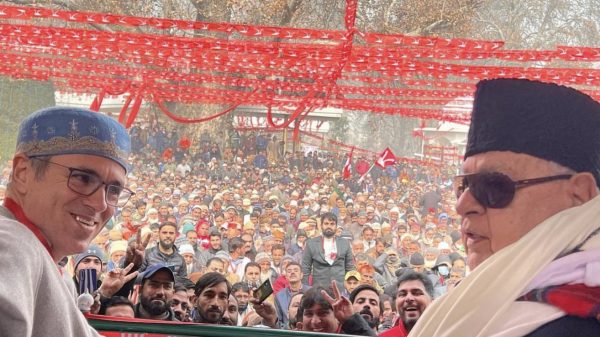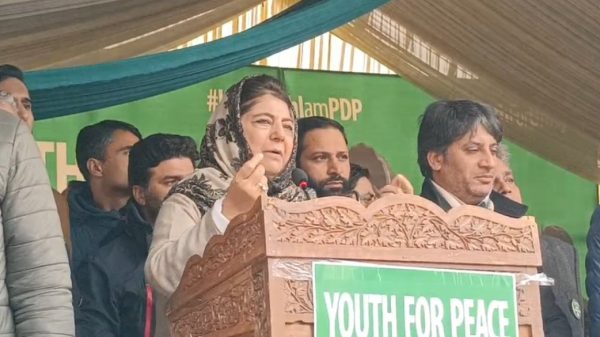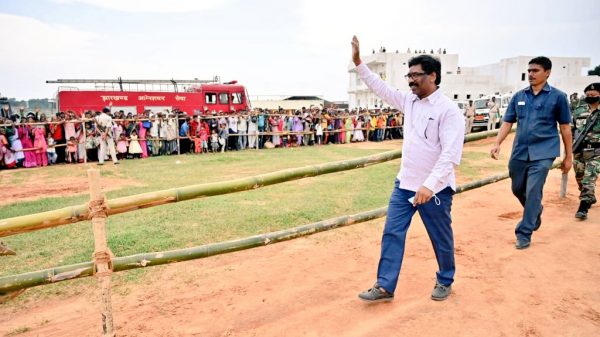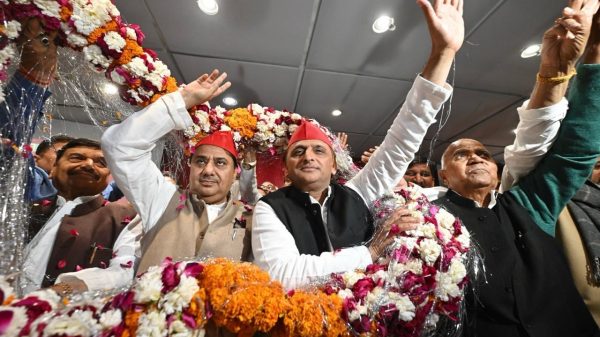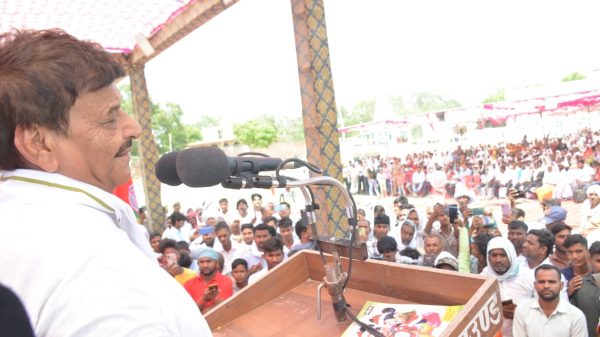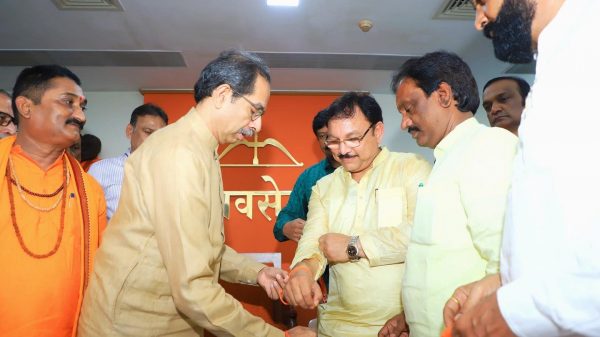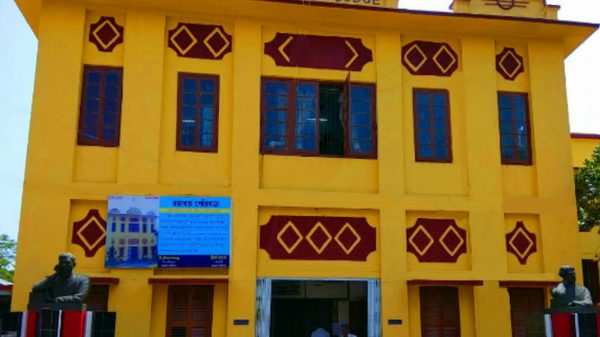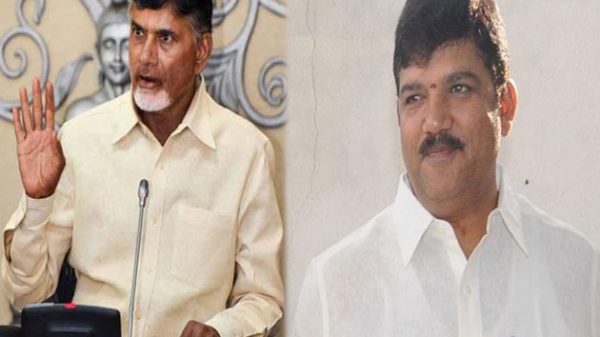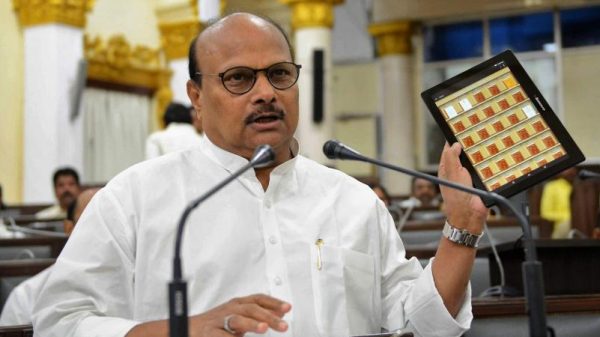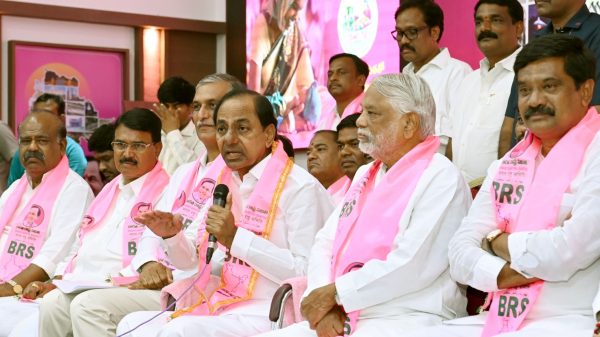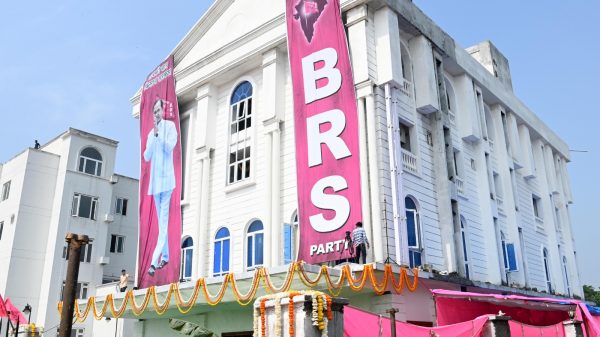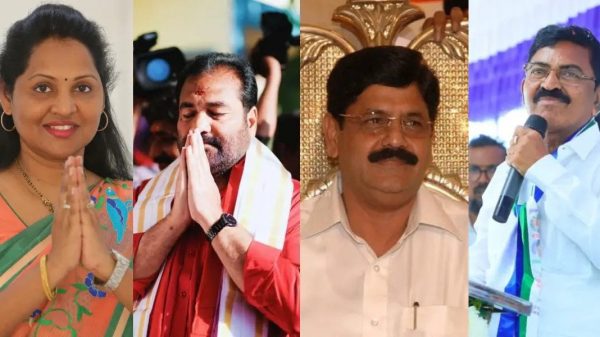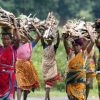NASHIK: Some villages in north Maharashtra’s Nashik district have demanded that they should be included in Gujarat because they presently face apathy and lack of development, a local leader of the Nationalist Congress Party (NCP) claimed on Friday.
The demand follows a recent row over Karnataka Chief Minister’s claim that villages in Jat tehsil in southern Maharashtra once wanted to merge with his state.
“Even after 75 years of Independence, many villages and Padas (hamlets) in Surgana taluka of Nashik do not have basic amenities. If you cannot develop these villages, merge them with Gujarat,” NCP’s Surgana taluka chief Chintaman Gavit said.
He presented a memorandum to this effect to tehsildar Sachin Mulik on November 30, he told PTI.
This does not have anything to do with any political party. Residents of Subhash Nagar, Dolare, Alangun and Kathipada villages have come together for this demand and there are many others. Gujarat’s Dharampur taluka is 15 km away and Wasda is 10 km away. We frequently go there and we are seeing the difference in development for years now,” he said. He also received phone calls from people in Dhadgaon and Navapur in Nandurbar district who endorsed the demand of inclusion in Gujarat, Gavit claimed.
Border areas of Nashik and Nandurbar districts are predominantly tribal. “We have convened a meeting at Pangarne village on December 4 where the next course of action will be decided,” Gavit said.
In border areas of Gujarat, there are good roads, reliable electricity supply and health, water and transport facilities, he claimed. “On Maharashtra side there are no good roads, no 24×7 electricity and people face water scarcity every year. There are no irrigation projects. As a result, the farming depends solely on monsoon. People have been migrating for livelihood for years,” he added.
The Maharashtra government should either “fill development backlog” or allow these villages to merge with Gujarat, the memorandum handed over to the tehsildar said. Water scarcity is our main problem. As per government statistics, there is only one per cent irrigation in our taluka. There is no major project barring Borgaon dam. People do farming in the monsoon and leave for places like Niphad, Chandwad and Pimpalgaon to earn livelihood,” Gavit said.
Lack of health infrastructure is another issue, he said. “In 1971, then MP Haribhau Mahale inaugurated the 30-bed Rural Hospital. Since then, the capacity has remained the same, there are no doctors, no nurses and the condition is pathetic. In contrast, there are good health facilities in Dharampur and Wasda talukas in Gujarat,” Gavit claimed.
Due to low-voltage electricity supply, people can not even operate their irrigation pumps and there is no electricity for as much as eight days in a row in the monsoon, he said. There are also no medical, engineering colleges and other higher education facilities, he said.
Earlier in the day, Maharashtra ministers Chandrakant Patil and Shambhuraj Desai had said they would be meeting activists of Madhyavarti Maharashtra Ekikaran Samiti at Belgaum in Karnataka on December 6 and discuss the decades-old border dispute between Maharashtra and Karnataka over Belgaum.
Last month, while talking about Maharashtra’s claim on Belgaum and some villages in the border areas which have Marathi-speaking population, Karnataka CM Basavaraj Bommai had said some villages in Sangli district’s Jat tehsil had passed a resolution in 2012, seeking merger with the southern state as their water problem was not being resolved.
Incidentally, both Gujarat and Karnataka are BJP-ruled states.
Source: Press Trust of India


















